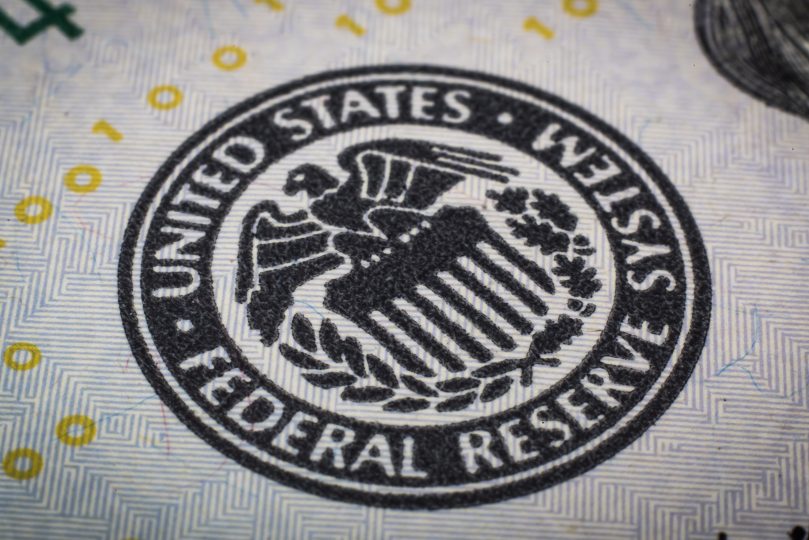Regulation D: How Does It Affect Me?

Feeling Limited? Blame It On Regulation D.
You pop into your Sharon Credit Union accounts online to make a quick transfer from your savings account to your checking account to cover an unplanned expense and receive the following message “You have met or exceeded your transfer limit for this account in the current month.” Why? We promise we aren’t trying to frustrate you. We are actually complying with Federal law.
Reserve Requirements
There are laws determined by the Federal Reserve’s Board of Governors, called reserve requirements, which govern how much cash a financial institution must hold in reserve against the accounts at that institution. The portion of federal regulations that contain these rules is called Regulation D – Reserve Requirements of Depository Institutions.
The percentage of funds that must be kept by institutions is currently 10%. But here’s the catch: Only accounts that are defined as “transaction accounts” are considered when calculating this ratio. Other types of accounts do not have the same requirements. If you think about it, it makes perfect sense.
Transaction accounts, such as checking accounts, are used by account holders on a daily basis for their personal finances. That being the case, there is a great likelihood that the Credit Union will need to come up with a portion of those funds each day. On the other hand, non-transaction accounts, such as savings accounts and money markets, are intended more for long-term savings, so account holders usually leave the deposited funds in the account to grow over longer periods of time.
Transaction Vs. Non-Transaction Accounts
Under Regulation D, the rules vary for transaction and non-transaction accounts. With a transaction account, a depositor is allowed to make an unlimited number of payments and transfers from the account to third parties as well as to other accounts belonging to the depositor. The account holder can perform these transactions in various ways, such as by writing checks and by using a debit card and online payment services, among others. With non-transaction accounts, the account holder is limited to making no more than six “convenient” transfers or withdrawals per month.
These “convenient” transfers include preauthorized automatic transfers, transfers and withdrawals requested by phone, fax or made online, checks written to third parties and debit card transactions. Less convenient transactions, however, are unlimited. This includes any transactions made in person, by mail or at an ATM, and phone withdrawals requesting a check mailed to the account holder.
If a depositor tries to exceed the six-per-month transaction limit, the financial institution is required to refuse transfer privileges or convert the account into a transaction account.
So, if you’re feeling limited by Regulation D, you’re going to have to take it up with the Federal Reserve. We’re just following the law! Of course, we can always help you with your transfer in person at any of our branch locations. We do love to see our members!
« Return to "Blog Home"

